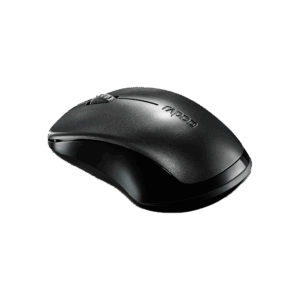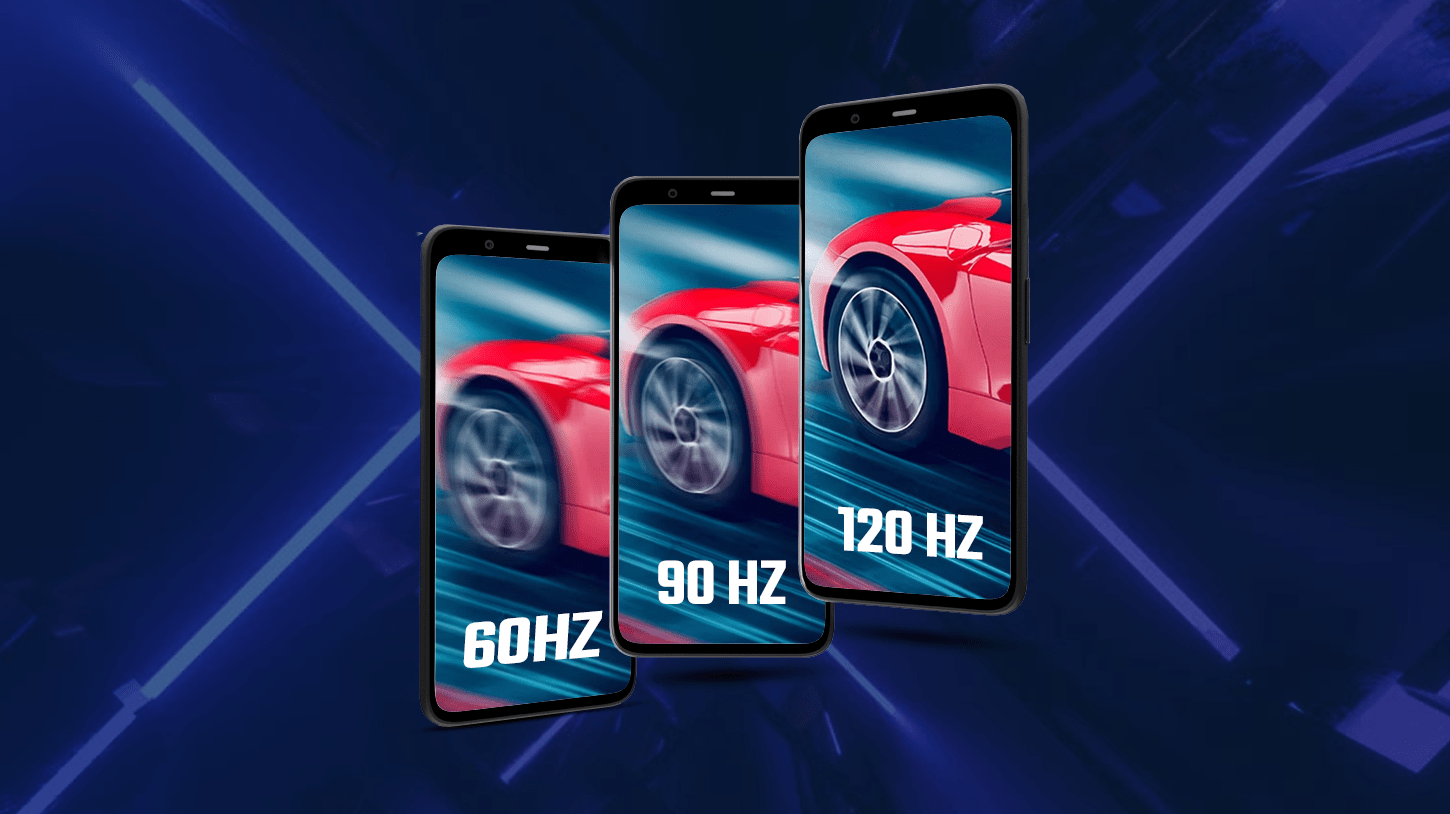
How Refresh Rates (60 Hz, 90 Hz, 120 Hz) Impact Gaming Performance
In the search for the best gaming experience, gamers always want to improve their setup. One important part they often forget is the refresh rate of their monitor. The refresh rate can really affect how smooth things look, how responsive your actions are, and how clear fast-moving objects appear during gameplay. This blog post will explain why refresh rates matter. It will compare 60Hz, 90Hz, and 120Hz monitors. You will see how these differences can change your gaming experience.
Understanding Refresh Rates in Gaming
Imagine you are playing a fast and exciting game. You move your character quickly, aim at enemies, and react to things happening right in front of you. In these moments, every frame is important. Any lag can change whether you win or lose.
This is where refresh rates matter. They control how smoothly everything looks on the screen. A higher refresh rate means better motion. This helps you find enemies faster, react more swiftly, and feel more involved in the gaming experience.
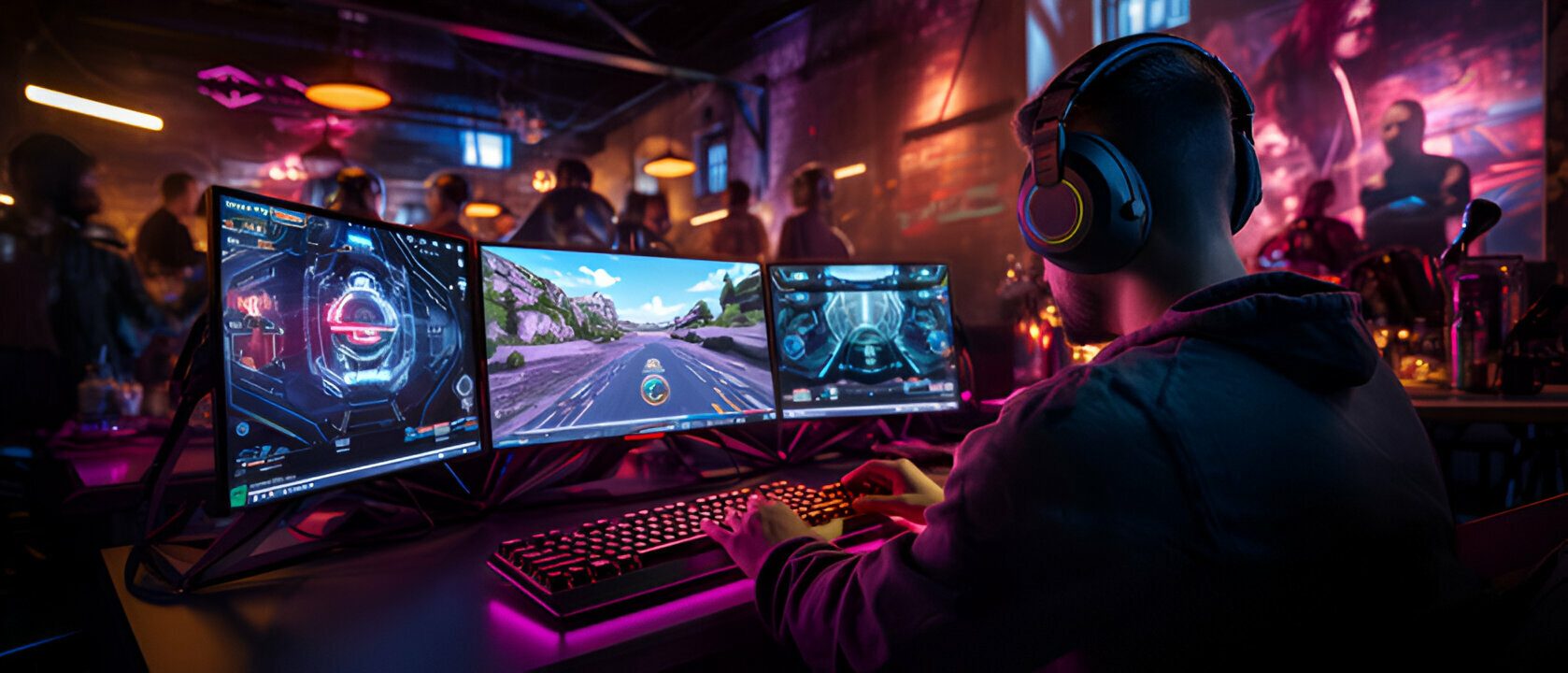
How Refresh Rates are Measured and Expressed
The refresh rate of a monitor shows how many times a second it can show a new image. This is measured in Hertz (Hz). A higher Hz means a faster refresh rate. For example, a 60Hz monitor refreshes the image 60 times a second. A 90Hz monitor does it 90 times, and a 120Hz monitor does it 120 times. Higher refresh rates mean that the image updates more often.
In simple terms, the refresh rate tells us how often your monitor updates what you see on the screen. A higher refresh rate leads to smoother motion and less motion blur. It’s like flipping the pages of a flipbook faster, if you flip faster, the animation looks smoother.
A 120Hz display shows images twice as much as a 60Hz display. This leads to a much smoother viewing experience, especially in fast scenes or games. It’s similar to comparing a video at 30 frames per second to one at 60 frames per second, the video with the higher frame rate looks much smoother.
Comparing 60Hz, 90Hz, and 120Hz for Gaming
Now, let’s look at the three most popular refresh rates in gaming monitors: 60Hz, 90Hz, and 120Hz. Each one has a different level of performance. They cater to various gaming styles and budgets. Knowing the differences is important. This will help you choose the refresh rate that fits your gaming needs.
60Hz Refresh Rate
For many years, 60Hz has been the usual refresh rate for monitors. It is still a good choice for casual gaming and everyday tasks. It gives a decent visual experience for games that do not need quick reflexes or fast action.
If you mostly browse the web, check emails, and play games that are not too demanding, a 60Hz monitor is enough. You will get smooth enough visuals for a good computing experience. However, in fast-paced and competitive games, you might notice the drawbacks of a 60Hz refresh rate. These can include motion blur and a slight delay between your actions and what you see on the screen.
Check out a monitor with 60Hz Refresh Rate here!
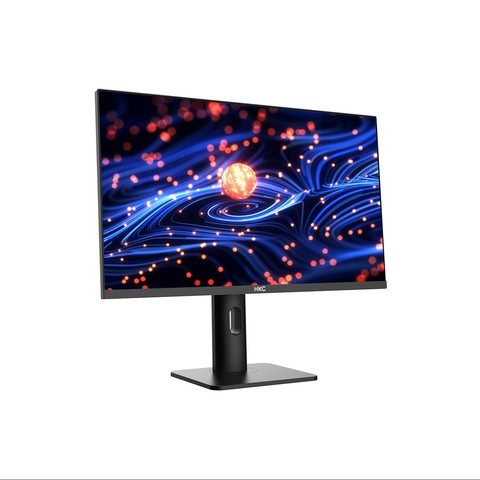
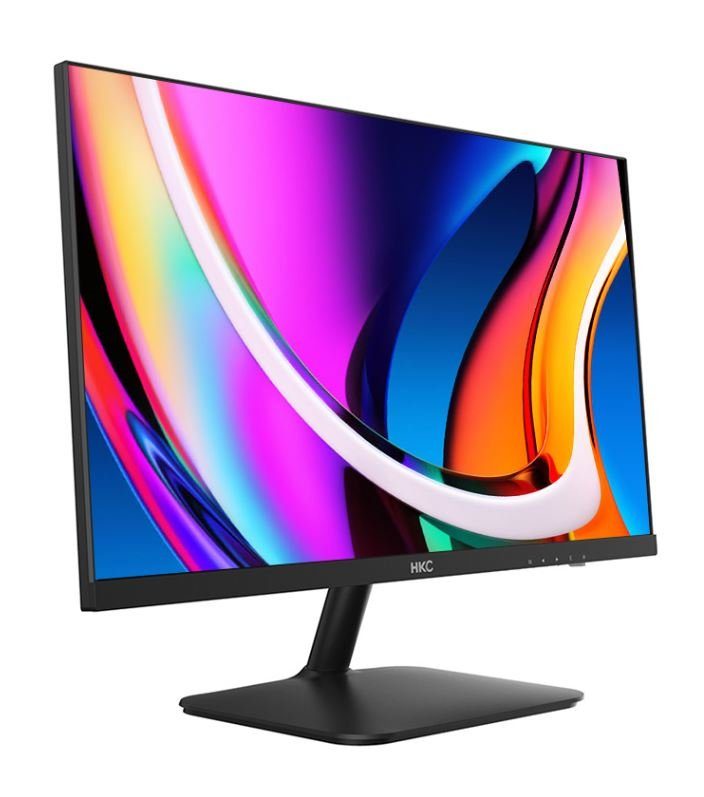
90Hz Refresh Rate
Upgrading to a 90Hz refresh rate monitor can make a big difference in smoothness and speed, especially for gamers. The higher number of images refreshes each second and cuts down motion blur. This means fast-moving objects look clearer and sharper. This is very helpful in first-person shooters, racing games, and other types where you need to track quick action.
A 90Hz refresh rate also creates a quicker gaming experience. Less input lag means that what you do connects to the screen faster, giving you a competitive edge. Plus, some 90Hz monitors come with variable refresh rate technology. This feature changes the refresh rate based on what you are watching. It helps improve performance and may reduce screen tearing.
120Hz Refresh Rate
For gamers who want the best visuals and a competitive edge, a 120Hz refresh rate monitor is the best choice. A 120Hz display shows motion smoothly and clearly. Whether you’re exploring a large open world or in an intense fight, the action on the screen moves without annoying motion blur or stuttering.
This type of monitor is great for fast-paced, competitive games. It lets you respond quickly to in-game events with amazing speed and accuracy. The high refresh rate, along with low response time and little input lag, makes for a very responsive and engaging gaming experience. If you care about competitive gaming or want top-notch visuals, buying a 120Hz monitor is essential.
Not a monitor person? Check out an affordable laptop with the 120Hz Refresh Rate here!
Technical Impacts of Higher Refresh Rates on Gaming
Higher refresh rates do more than just improve what you see. They also impact how gaming works behind the scenes. This mainly has to do with how a monitor’s refresh rate interacts with the frame rates your system can produce. The graphics card plays an important part in handling these high refresh rates as well.
Interaction Between Refresh Rate and Frame Rates
It is important to know that the refresh rate of your monitor should match the frame rates produced by your graphics card (GPU). The frame rate, shown in frames per second (FPS), shows how many images your GPU creates each second.

If your GPU provides only 60 frames per second, but your monitor is 120Hz, you are not using all of its power. You will stay at 60 FPS, even when your monitor can refresh at 120Hz. If you have a strong GPU producing 120 FPS, it will work well with a 120Hz monitor, giving you the best gaming experience.
Sync technologies like NVIDIA G-Sync and AMD FreeSync can help connect the refresh rate of your monitor with the frame rate from your GPU. This reduces screen tearing and stuttering during your gaming sessions.
Check out other gaming monitors here!
The Role of Graphics Cards in Managing High Refresh Rates
A strong graphics card, or GPU, is very important for high refresh rate monitors. It creates the frames that the monitor shows. A more powerful GPU can produce more frames each second. This helps it meet the needs of a high refresh rate display.
When picking a GPU for a high refresh rate monitor, think about things like clock speed, VRAM size, and how powerful it is overall. Choose GPUs made for gaming that work well with the newest graphics technologies. Make sure your CPU is strong enough to keep up with your GPU. A strong GPU with a weak CPU can make performance poor, even on a high refresh rate monitor.
Frequently Asked Questions
Does higher refresh rate improve gaming?
Yes, having a higher refresh rate usually helps make your gaming experience smoother. It can reduce motion blur and allows for quicker response times. This can give you a competitive edge. But, make sure that your system’s FPS matches the refresh rate to ensure optimal performance.
Do 60Hz and 120Hz make a difference in gaming?
Sure! The difference between 60Hz and 120Hz is important, especially for fast games. A 120Hz refresh rate provides smoother motion and reduces motion blur. This leads to a more responsive and better gaming experience.
Does changing refresh rate increase FPS?
Changing the refresh rate does not directly raise FPS. The refresh rate is a feature of your monitor. FPS comes from how well your GPU and CPU perform in your system.
